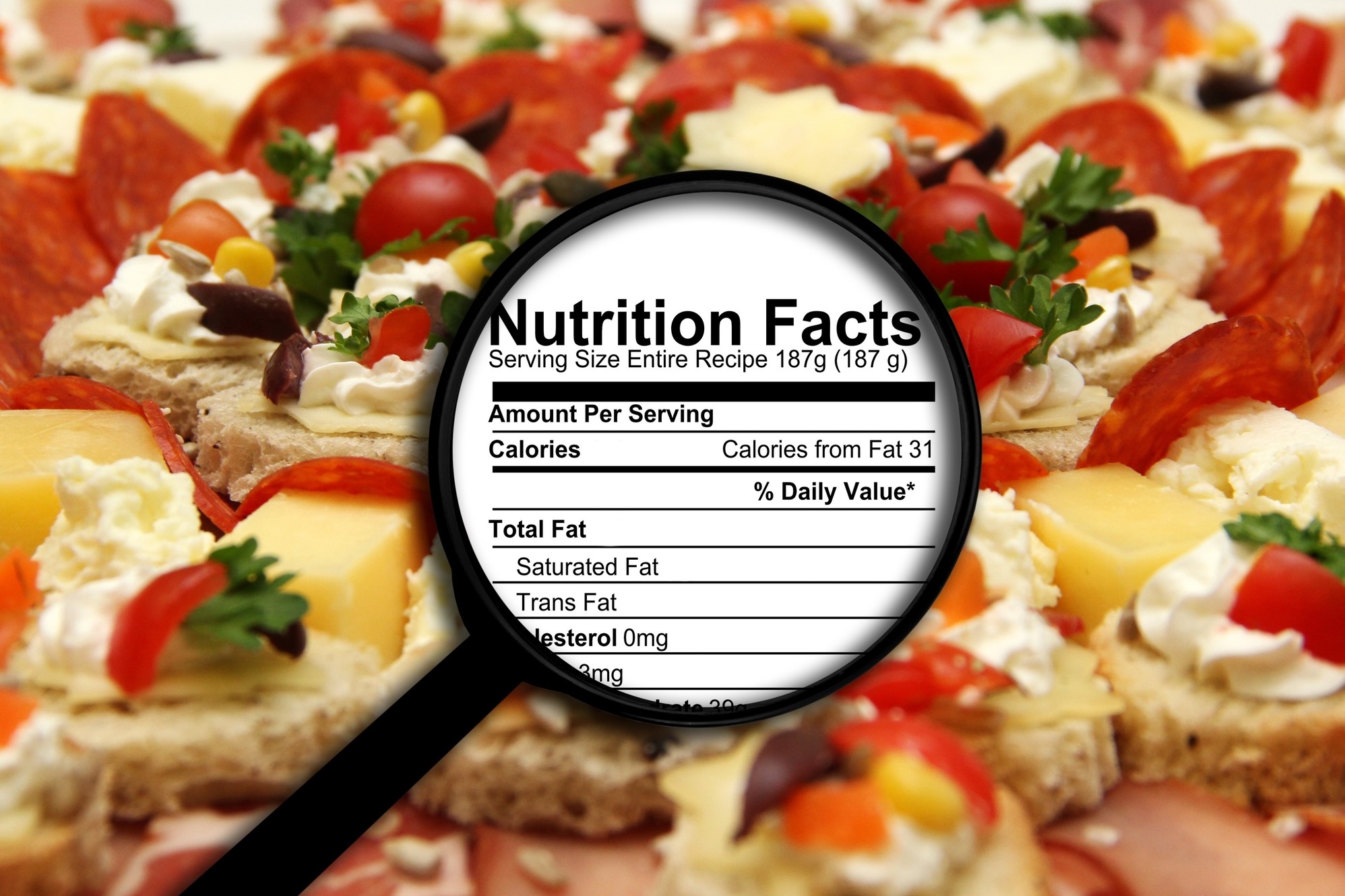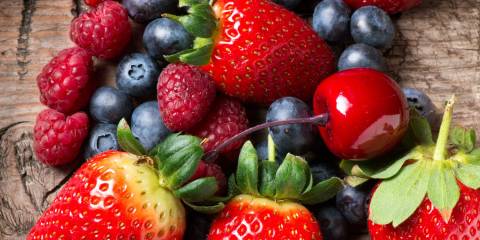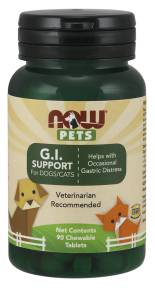New changes are coming to nutrition labels found on food packages. The goal is to help shoppers better understand what they’re eating so they can make good choices.
We already know that people who read Nutrition Facts Labels eat healthier diets, thanks to a July 2019 review of the effect the labels have on consumers’ diets.
With that in mind, here are some tips on how to interpret the information on the back of the package
Finding Added Sugars On Nutritional Labels
One of the big changes to the Nutrition Facts Label will occur on the “sugars” line, where added sugars will now be identified. Previously, only total sugars were indicated. The addition of the added sugars line will help consumers weed out products full of empty calories that lack nutrients and lead to unwanted weight gain.
Sugar does play a role in many bodily functions, but eating foods with healthy sugars is key. These can be found in their naturally occurring forms in fruit, vegetables, and milk. If a food contains carbohydrates, then it contains sugar because the body converts all carbs (except fiber) into the sugar glucose. It is still important to look at the ingredients list to identify unhealthy, added sugar because not all sources are created equal.
Pseudonyms for Sugar
Added sugar is not always obvious because it hides behind numerous pseudonyms. Other names for sugar to watch out for and avoid are:
- Any “syrup,” including:
- High-fructose corn syrup
- Barley malt syrup
- Dehydrated or evaporated
- cane juice
- Anything that ends in “-ose,” including:
- Dextrose
- Glucose
- Fructose
- Sucrose
- Fruit juice concentrate
- Demerara
- Panela
- Treacle
- Turbinado
- Malt
- Molasses
- Honey
- Muscovado
- Rapadura
- Sucanat
- Diastatic malt
- Dextrin
- Ethyl maltol
- Maltodextrin
Sodium Levels on Food Labels
Though no changes are planned to better indicate the amount of sodium in a product, the Center for Science in the Public Interest (CSPI) would like to see the nutrition panel use the words “high” and “low” to indicate sodium levels.
The body needs less than 500 milligrams (mg) of sodium (less than ¼ teaspoon) per day to function properly. The average American, however, consumes 3,400 mg of sodium each day, putting heart health at risk. The American Heart Association recommends no more than 2,300 mg per day for most adults and encourages working toward a more ideal limit of 1,500 mg per day.
Sodium also goes by many names, including salt, sodium benzoate, disodium, and mono-sodium glutamate (MSG).
How to Avoid Trans Fats
The real challenge lies in trans fats. Dangerous for cardiovascular health, trans fats are known for their negative effect on cholesterol levels (increasing the “bad” and decreasing the “good”) and elevating your risk of heart disease and stroke.
You won’t find them listed in an ingredients list, but you can look out for foods known to contain high quantities of trans fats. These include partially hydrogenated oils and hydrogenated oil. The US Food and Drug Administration (FDA) has reaffirmed its 2015 decision that partially hydrogenated oils are not “generally recognized as safe” and will be banned from all foods effective January 2020.
Other Quick Tips for Reading Nutritional Labels
- Ingredients are listed in order of quantity, from most to least.
- Try sticking to foods that have a short ingredients list: five or fewer.
- Check the serving size! Many packages that seem like a single serving contain two or more servings, making it easy to unintentionally double or triple the number of calories you’re eating.
- Remember that the daily values on food labels are based on a 2,000-calorie diet. Most people’s caloric needs vary from this, so adjust your own daily intakes to match your caloric needs.




